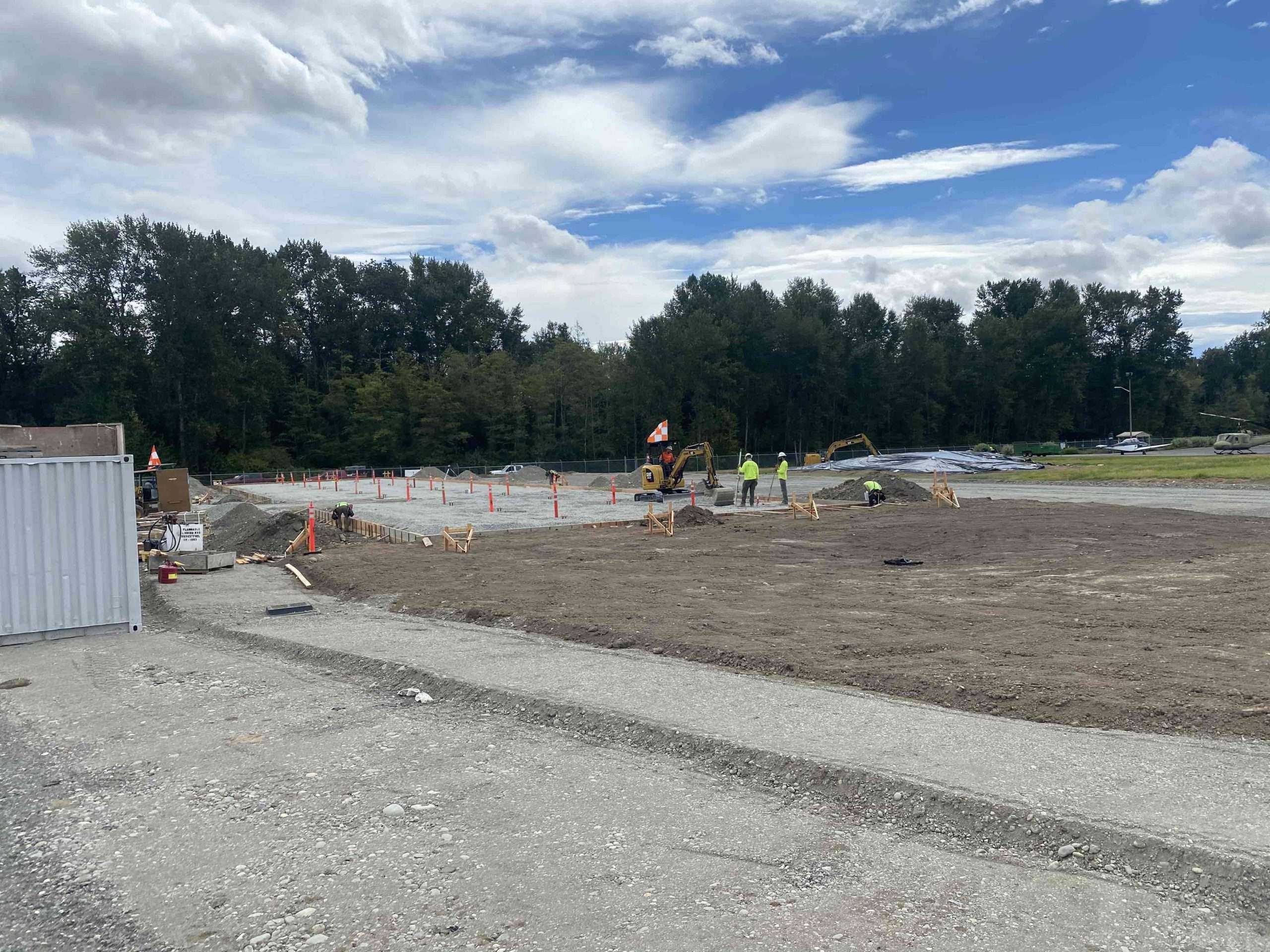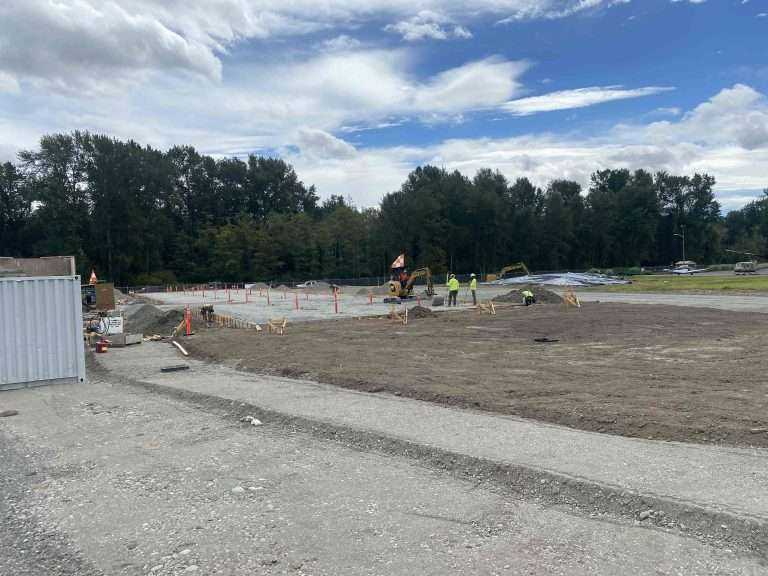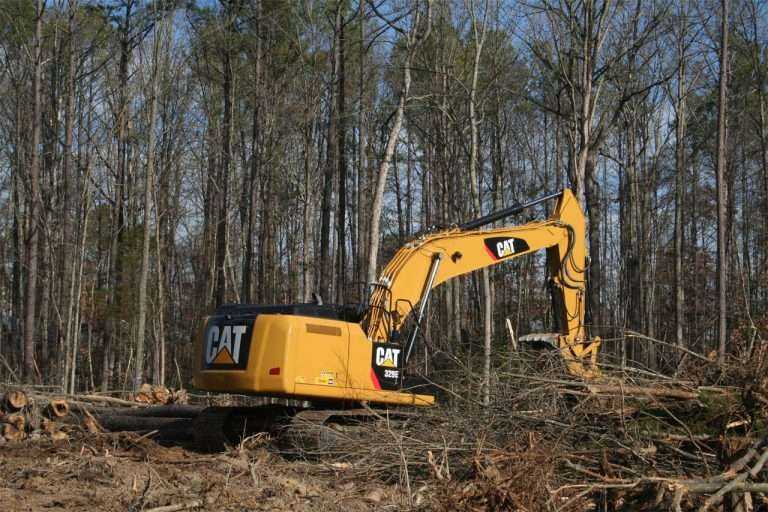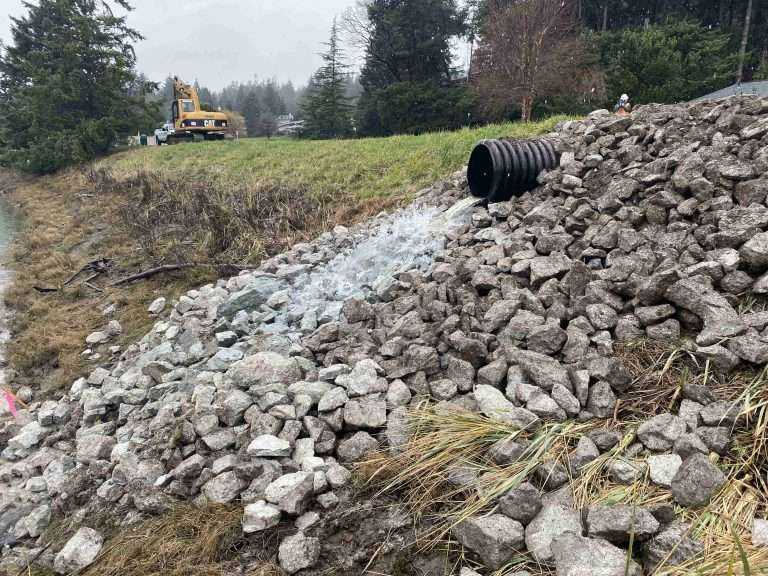Site Preparation: Common Underground Obstructions
A strong foundation can set the tone for the preparation of a site. When planning a building site, drainage possibilities and site accessibility are important considerations. Besides these, it is useful to think of what zones are available for work and how compact the soil is.
Before any construction begins, it is necessary to assess and prepare the site. Doing so allows you to identify and locate any underground obstructions that could impact the development of the site. Here are some of the most common underground obstructions found during site preparation.
Most Common Underground Obstructions
Shallow Layer of Rock
A shallow rock layer can disrupt the excavation process from going any further. One way to avoid this obstruction is to use trial pits and trenches before construction. These methods are useful to work out the exact soil conditions (e.g. rocky/ sandy etc.) ahead of time.
Loose-Fill
An inspection of a building foundation is imperative ahead of time. Loose-fill describes debris that ends up in excavation sites from various soil heaps. The danger of loose-fill can seem unsuspecting at first.
However, if you place heavy machinery on a site, there is a danger that the walls of an excavation site could give way. Worse still, someone could fall in. To prevent such occurrences, consider putting in edging or guard rails into the surrounding land of the construction site. Toeboards may also help to prevent people from falling in.
If a site has loose-fill, it is very important to compact it properly. Proper excavation and filling are necessary for a good foundation and contribute to the structural integrity of a building. This is why, during site prep, the excavating team needs to evaluate the site properly and decide on the best compacting processes for loose-fill.
Existing Tree Roots
It is not uncommon to find as much as a third of a tree underground. Trees and tree roots need to be cleared in order for any building to take place. Tree roots are very strong, and grow stronger each year as roots thicken. As such, their roots can break through sturdy paving.
Some ways to mitigate such harm involves using diversion tactics. For example, capturing root tips in mesh holes prevents roots from growing further.
It is quite useful to establish marked zones around nearby trees of a construction site. You can set this up as follows:
- The prohibited zone (Less than 3ft away from a tree trunk)
- The precautionary zone (4 tree circumferences)
- The permitted zone (areas beyond the precautionary zone)
These are useful measures to protect tree roots. It also ensures that buildings site do not face obstructions before construction begins.
Soil Types
Soil preparation is a necessary part of any underground obstruction assessment. This process helps determine soil characteristics such as the size of particles, soil type, and soil density.
Knowledge of the soil is important as it indicates how the soil responds to different construction methods. To gather this information, you can collect soil samples through steel tubes drilled into the ground. The terms for these sample collection methods are Window Samples and Windowless Samples. You can then take the samples to a lab for analysis to determine what the ground conditions are like.
The more in-depth and detailed information is about ground conditions, the more efficient the construction process becomes.
Buried Utility Lines
Utility lines transfer anything from water, oil, gas, power, and wastewater from one building to the next. With this in mind, it’s easy to see how disruptive it is to break through or damage utility lines.
Breaking through or damaging buried utility lines is also dangerous as there is a heightened potential for electrical faults. People can experience severe burns from faults such as power surges, electrical shocks, or flames.
Although they may seem sturdy, utility lines can be damaged by heavy machines crushing them or sharp tools slicing them. Before beginning construction, it’s important to get cable plans from a Distribution Network Operator (DNO) or the relevant authority.
In addition, it is useful to request a member of these organizations to visit the site and confirm the location of the cables. An extra precaution is to simply avoid keeping the cables live for the duration of the construction. Even if it is less convenient, these steps can save considerable time and money in the long run.
Final Thoughts
Admittedly, the number of obstructions may seem overwhelming at first. However, it’s very important to consider all possible underground obstructions during site preparation. This will ensure that the next phases of development will be much smoother and there won’t be any unforeseen issues in the future.
At CF Excavating, we deliver high-quality services customized to meet our clients’ needs. Get in touch with CF Excavating to find out how best to plan for your next construction site.




